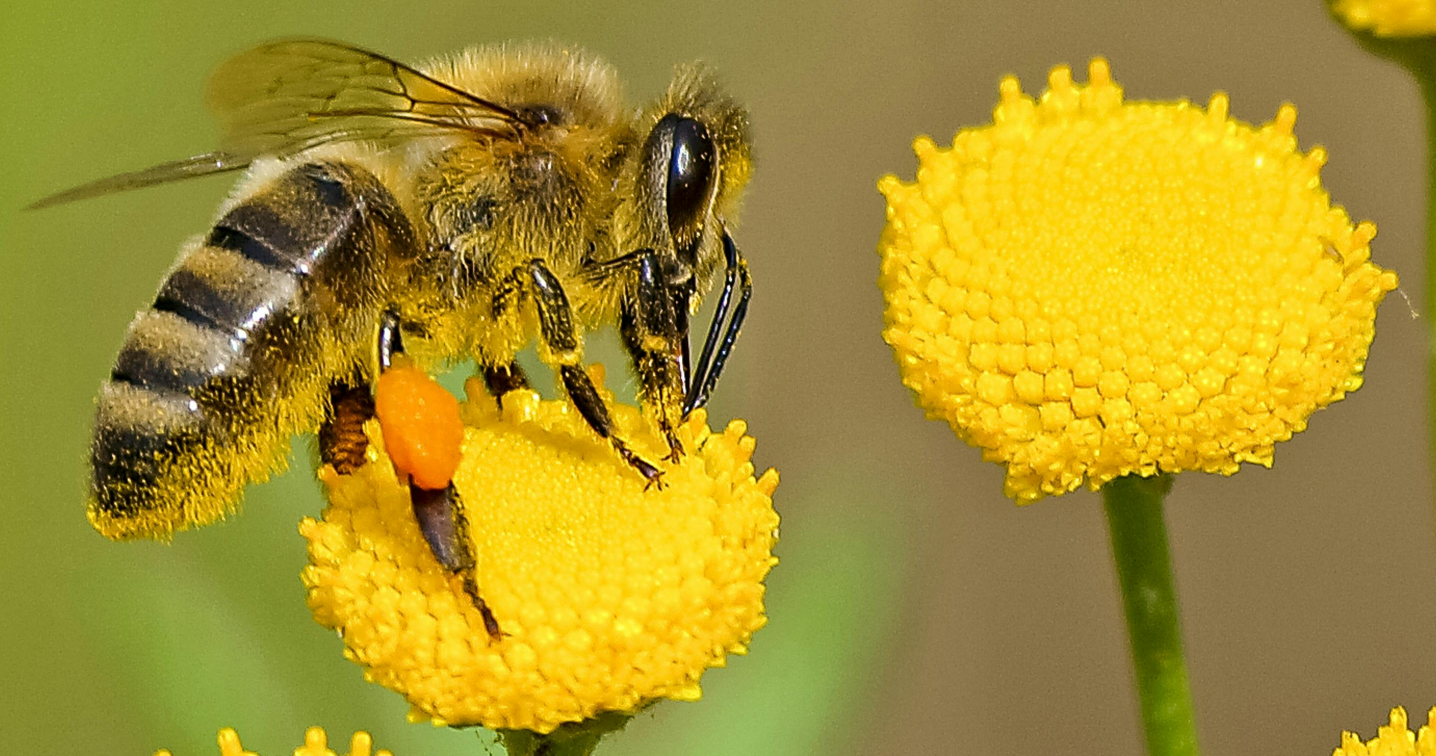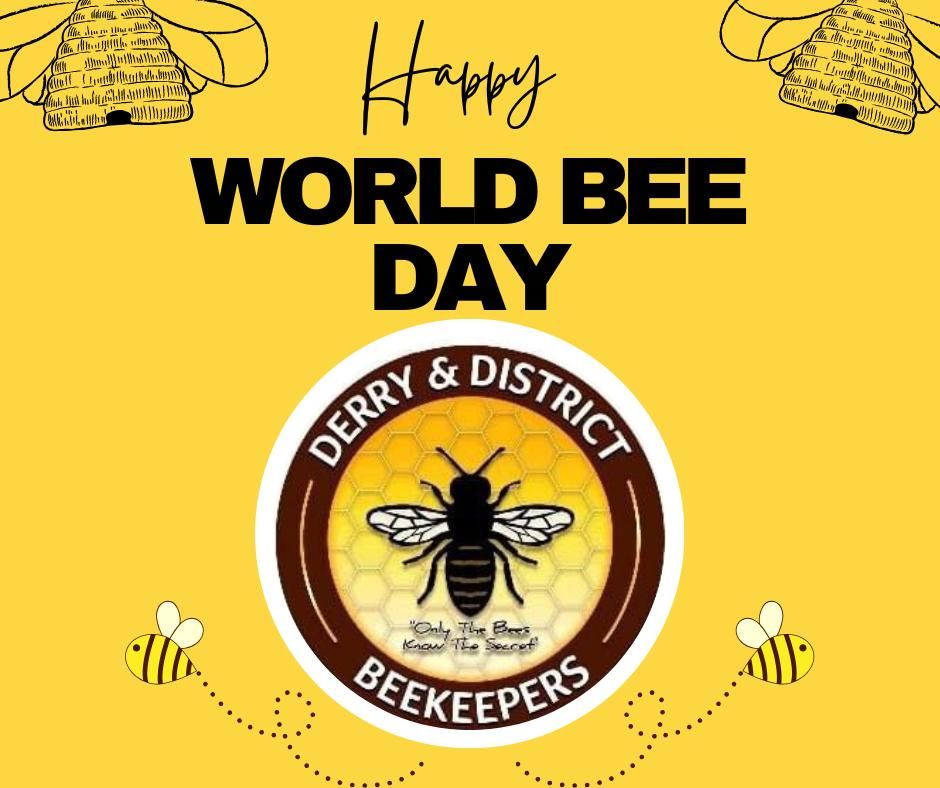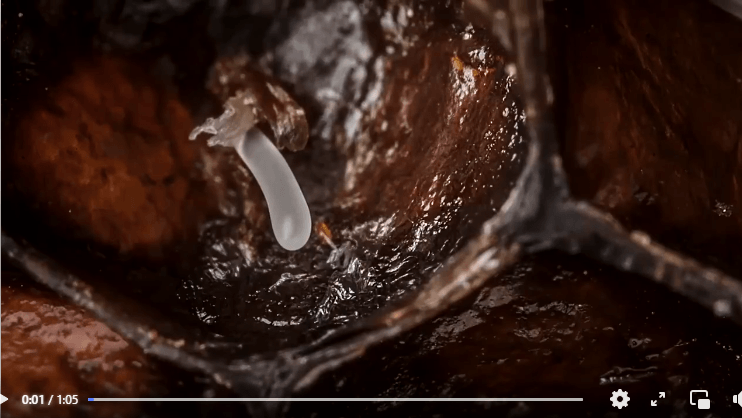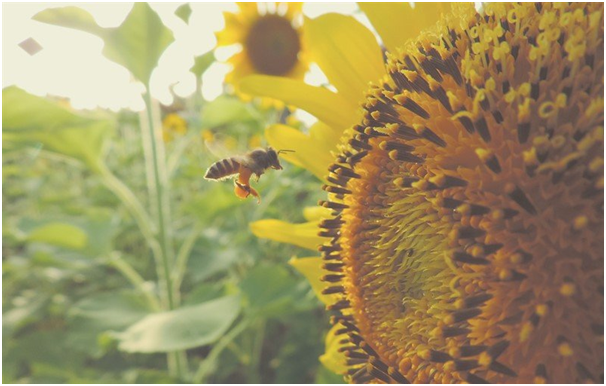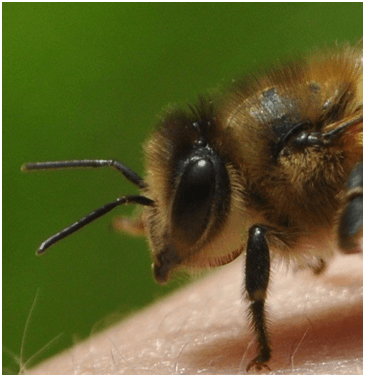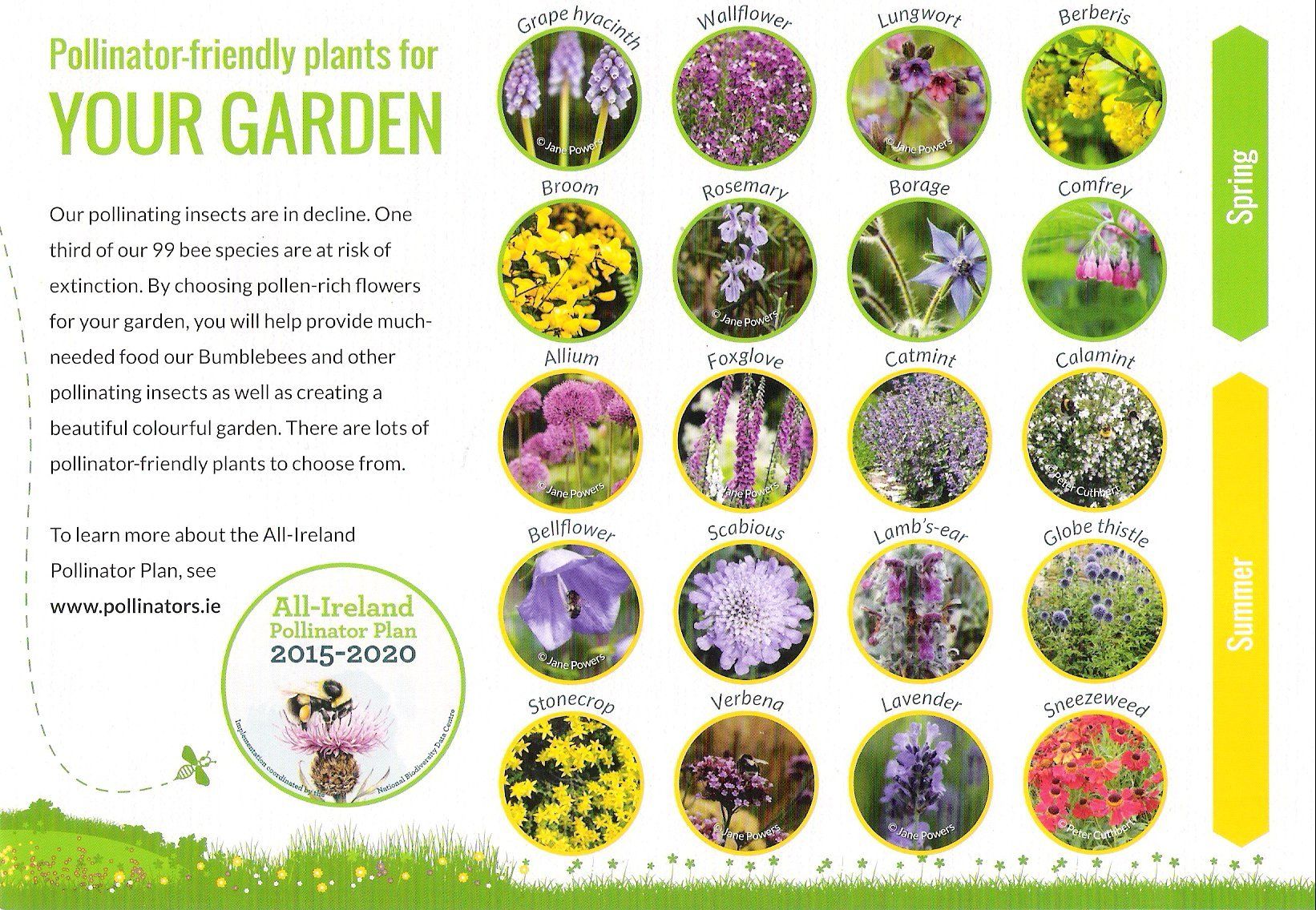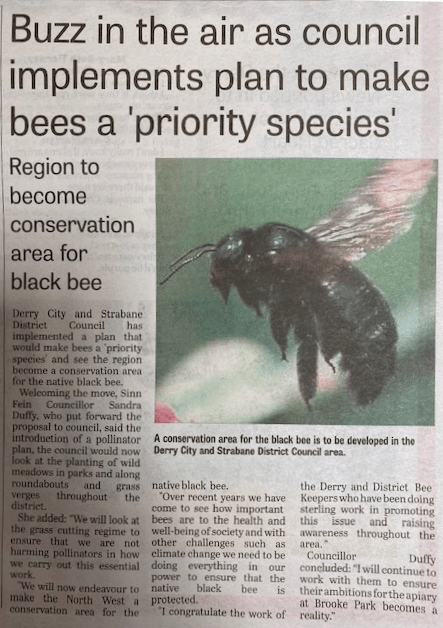Happy World Bee Day! 🐝
👉 Click here to see NWRC facebook post
👉Click on the image to watch our World Bee Day reel on instgram
👉Visit our Gallery to see more pics from the day
Today we celebrate all bees — from honey bees and bumblebees to solitary bees — and recognize the vital role they play in our ecosystems.
This week, we were delighted to take part in World Bee Day celebrations at NWRC. Owen Barr, one of our dedicated members, delivered an engaging workshop exploring the fascinating world of honeybees. He discussed their crucial role in our environment, the importance of sustainability, and took attendees on the journey of honey — from hive to jar.
Emma and Thomas also shared their insights on sustainability, with a special focus on the Native Irish Black Bee. Visitors enjoyed a honey tasting session and had the chance to see a demonstration hive in action.
As passionate beekeepers, we’re committed to raising awareness about bees and their importance in nature. We're especially proud to support and promote the Native Irish Black Honey Bee — a hardy and unique part of Ireland’s natural heritage.
Here’s how we support our bees:
🐝 Proud members of NIHBS (Native Irish Honey Bee Society)
🐝 Dedicated to keeping only native Irish black bees
🐝 Actively involved in queen rearing groups focused on black bee conservation
🐝 Promoting bee education through courses and public open days

